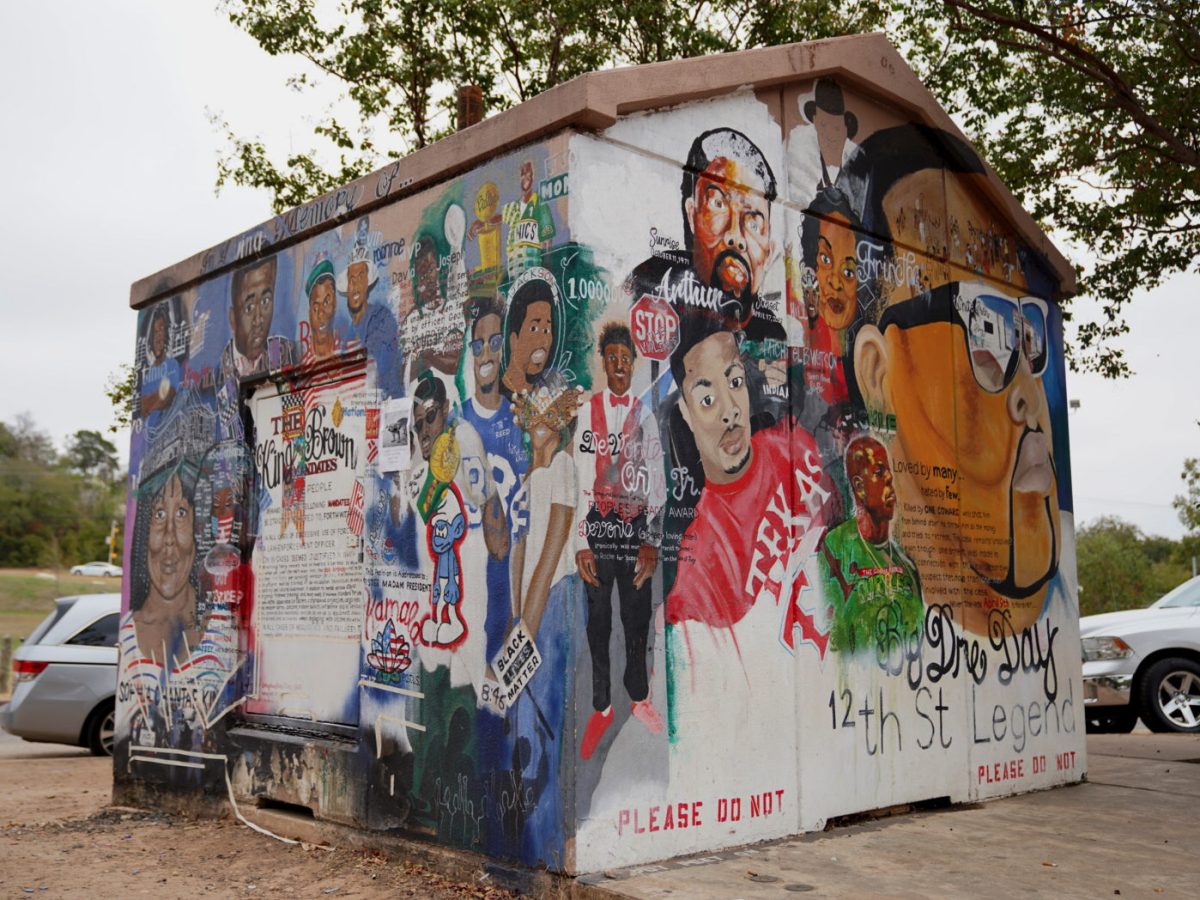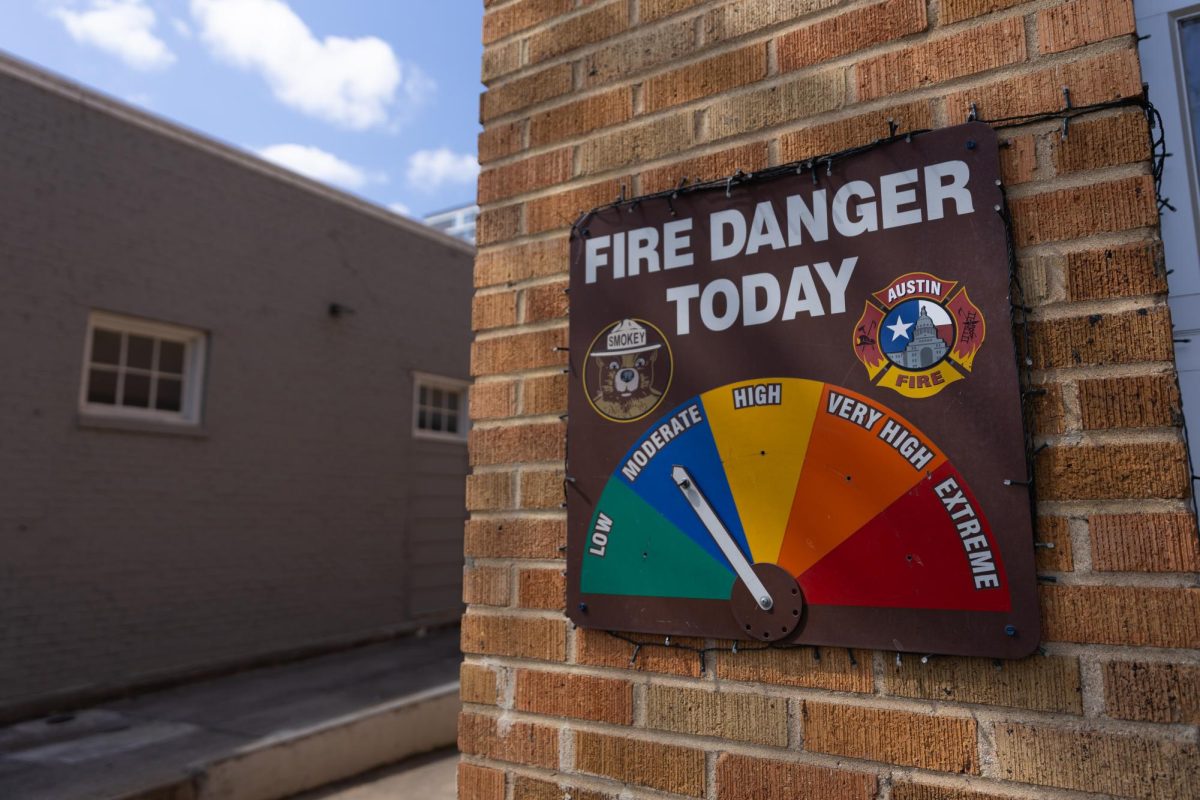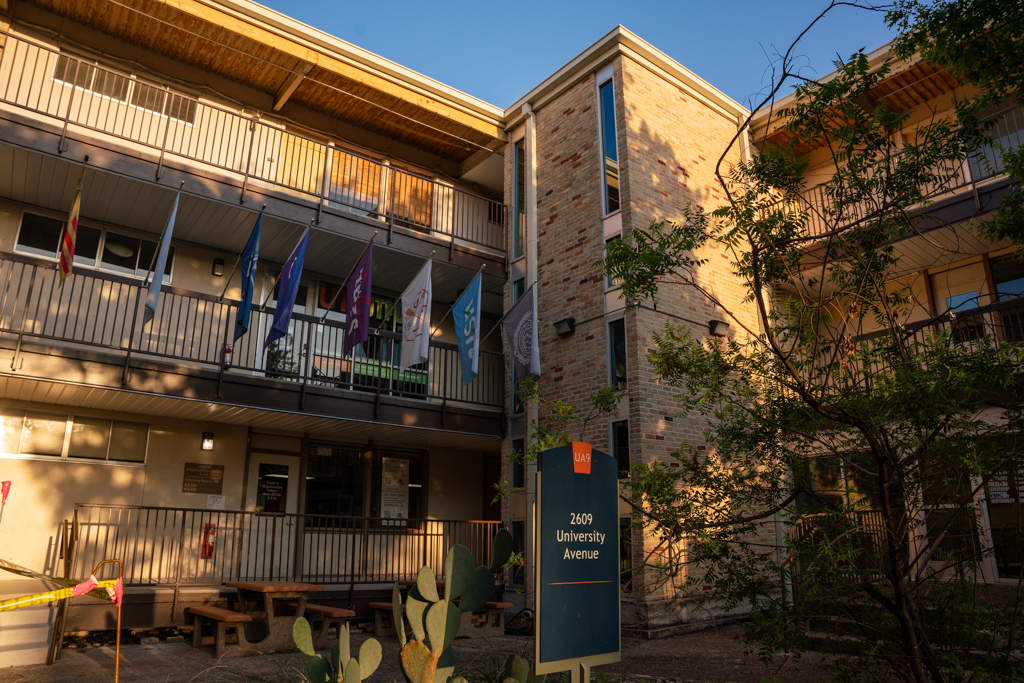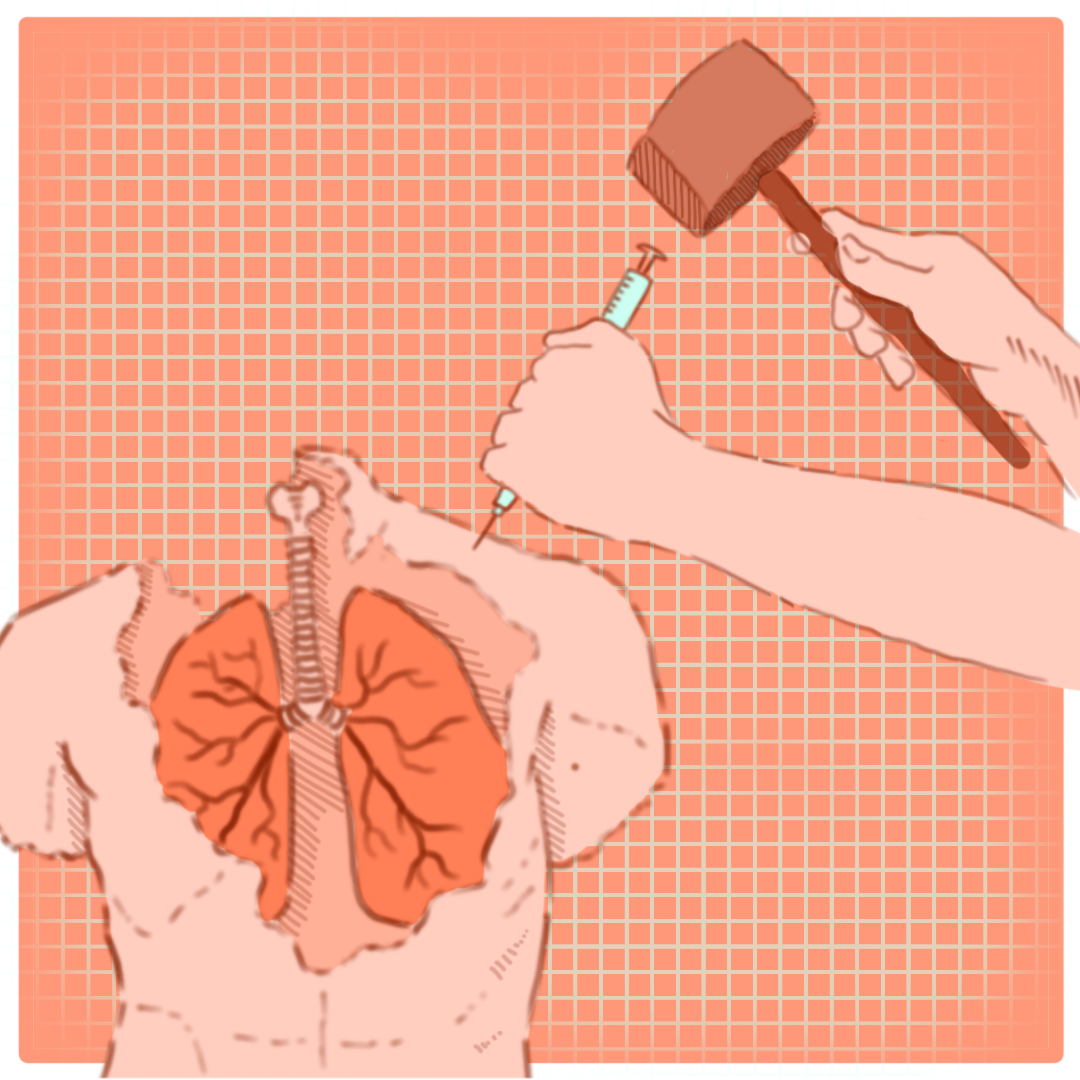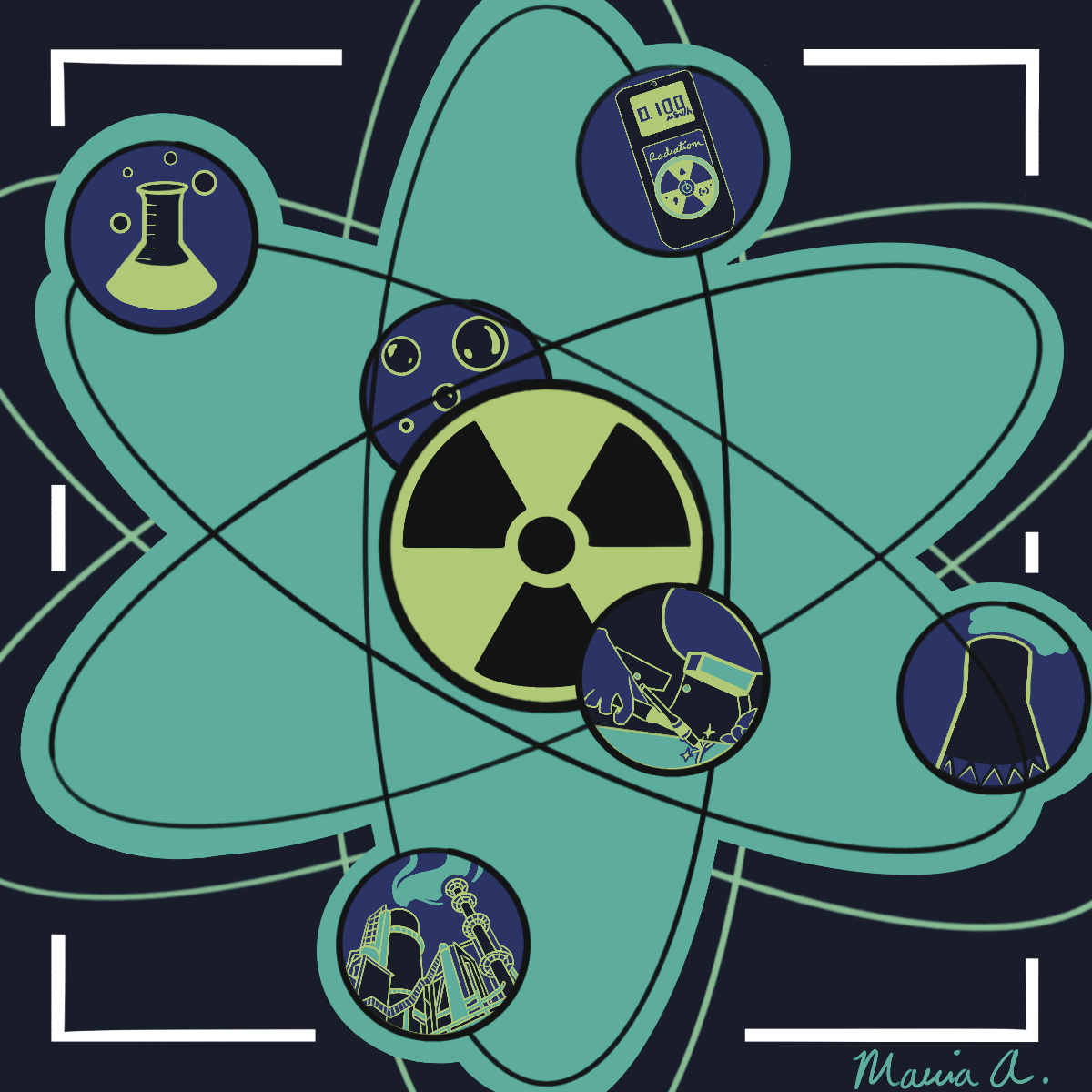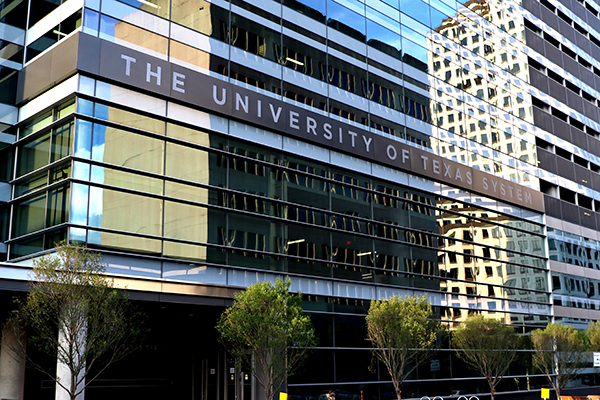Hospital-based intervention programs will now support victims of violence at UT’s Dell Seton and Dell Children’s Medical Centers following approval at an Oct. 22 Travis County Commissioners Court meeting.
“Gun violence is the number one cause of non-accidental deaths in Travis County,” county judge Andy Brown said in a press release. “By focusing our efforts on prevention and intervention, the Hospital-Based Violence Intervention Program will help change that and help us build a stronger, more resilient and healthier Travis County.”
As part of the Safer Travis County resolution passed in 2022, the pilot programs will use $500,000 of federal COVID-19 relief grants over the next two years. The programs work to break the cycle of violence by connecting victims and their support units to mental health and community services, according to an email statement by the Health Alliance for Violence Intervention.
“When people are victimized by gun violence, one of the reactions to that can be retaliation,” said Matt Valentine, a contributing writer on gun violence for The Atlantic, Politico and The Washington Post. “That can become a vicious cycle. You have somebody who is themselves a victim of gun violence, who survives, and then maybe wants to seek retribution against the people that hurt them or hurt somebody they care about.”
Valentine, a Plan II Honors Program and English department lecturer, said intervention initiatives are alternatives to the carceral system.
“Not only do they keep people safe, but they keep people out of jail,” Valentine said.
While a March report by the National Institute for Criminal Justice Reform, Austin Police Department and Austin’s Office of Violence Prevention said Austin has a relatively low amount of shootings for a city its size, data shows gun victimization levels significantly rose post-pandemic.
“Putting this as a public health issue rather than an individual issue is a basic distinction,” said Ana Almaguel, division director for public health services of Travis County’s Health and Human Services. “It’s like, how can we get people to talk to the individual rather than the individual having to seek out those people?”
Almaguel said Austin’s Office of Violence Prevention, Trauma Recovery Center and community outreach groups create an “ecosystem” of intervention, providing the city’s foundation for hospital-based programs’ introduction.
Starting intervention in hospitals will allow outreach to occur in what the Health Alliance for Violence Intervention dubs the “golden moment,” Almaguel said. From there, Valentine said community partners, known as change agents or violence interrupters, will form relationships with victims, helping them secure safe housing, employment, legal assistance and more.
“You have just had this very traumatic event,” Almaguel said. “You may be extraordinarily receptive to accepting help from someone that has lived in that environment, understands the issues that you’re surrounded by and wants to help you.”

